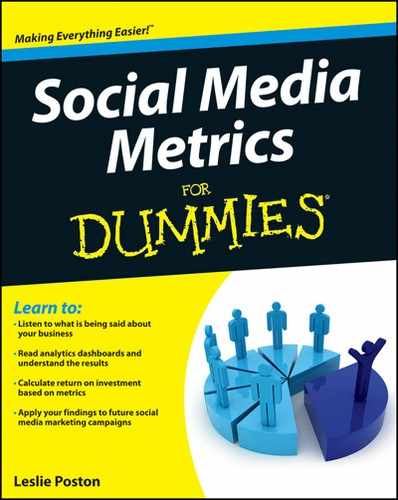Creating Powerful Landing Pages
A powerful landing page incorporates every aspect of the conversion funnel idea into a cohesive (and hopefully, attractive) whole. Not only that, this landing page is appropriate for the audience it was designed for.
This means that you may have the same call-to-action across two or three landing pages, but the pages themselves are designed to appeal to the referring site audience: Facebook visitors want a completely different experience than Twitter visitors, and organic search traffic needs entirely different information as well.
All landing pages should allow visitors to navigate out to all points of the website, but the whole site doesn’t have to lead folks back to the landing pages. They can remain active but hidden from the main navigation while still leading people to the rest of the site. Their purpose is strictly to convert.
A great landing page will tell people a few things:
![]() Why they are there
Why they are there
![]() What you want them to do
What you want them to do
![]() How long it will take
How long it will take
![]() How to do what you ask
How to do what you ask
![]() What they get in return
What they get in return
![]() What any restrictions, time limits, or limitations are
What any restrictions, time limits, or limitations are
How many calls-to-action per page is a matter of some debate. I find that two is plenty. People are distracted and scattered, so it’s better to focus more and convert more than give too many choices and lose out.
The two calls-to-action on each landing page should be of varied importance. For example, a link to e-mail you is of less importance than a large button selling a trial subscription to your service and should be smaller. The conversion that matters more should be larger and live above the fold.
Keep in mind that landing pages are different animals than the rest of your site. On the rest of your site, you may have several calls-to-action in your sidebar or as part of your design. They should still be designed to reveal importance, but multiple is fine here.
You still want those to convert and be seen, but the focus of the rest of your site is generally your content, whatever that may be. Meanwhile, landing pages serve only one purpose — convert, convert, convert — and should be designed to do so quickly and effectively.
On each landing page, you want your event tracking and goals set up. You also want the URL of the landing page set up with its own tracking as well. You’ll use a combination of the detailed event metrics and the overall page pattern metrics in your spreadsheets you’ve been keeping to track customer behavior on each page.
That customer behavior data will allow you to fine-tune the landing pages to convert better over time and to change them wisely when it’s time for a fresh look and feel. Rather than reinvent the wheel each time you launch a new call-to-action, practice intelligent redesign.
